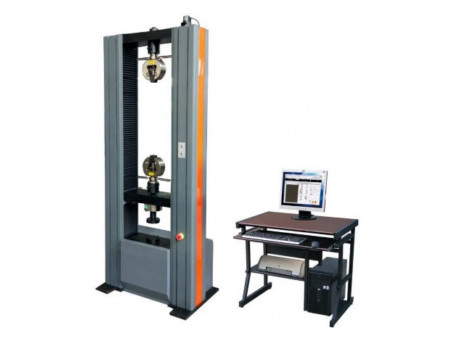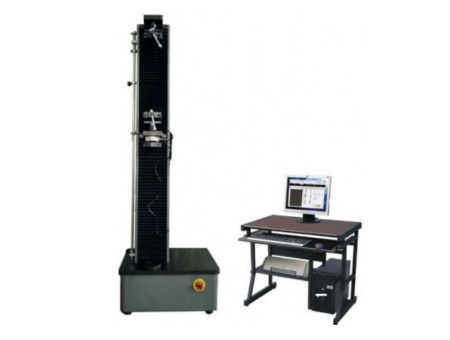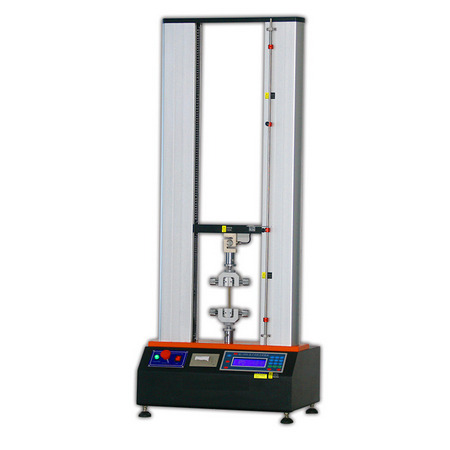What safety precautions should be taken when performing tensile tests?

When performing a tensile test, a series of safety precautions should be taken to ensure the safety of the test process and the health of those involved. The following are common safety precautions to take when performing tensile testing:

1. Familiar with the test equipment:
Before performing a tensile test, ensure that all personnel involved are familiar with the operating methods and safety procedures of the test equipment. Trainers should provide necessary guidance and training to ensure that operators understand the working principles, operating procedures and emergency shutdown procedures of the equipment.
2. Wear appropriate personal protective equipment:
All participants should wear appropriate personal protective equipment such as safety glasses, protective gloves, protective clothing, etc. These gear can provide additional protection and reduce the risk of accidental injury.
3. Check the integrity of equipment and specimens:
Carefully check the integrity of the test equipment and specimens prior to tensile testing. Make sure that there are no damaged or loose parts of the equipment and check that the specimens meet the test requirements and standards.
4. Control the test environment:
Ensure that the test environment meets the safety requirements. The test area should be dry, clean and away from flammable, explosive or harmful substances. Make sure that there is no debris around the test equipment that could interfere with the test process.

5. Proper operation of test equipment:
When performing tensile tests, operators should follow the equipment's operating manual and safety regulations. Follow the correct operation steps to ensure the safety performance and reliability of the equipment.
6. Control test parameters:
According to the test requirements and standards, correctly set the test parameters, such as loading rate, test temperature, etc. Make sure that the test parameters are within the safe range, and avoid situations such as overloading or overheating.
7. Monitor the test process:
When performing tensile tests, the test process is continuously monitored to ensure that the equipment and specimens are in good condition. If an abnormal situation is found, stop the machine for inspection in time and take necessary corrective measures.
8. Emergency shutdown and emergency treatment:
During the test, if an emergency or accident occurs, the operator should immediately operate in accordance with the emergency shutdown procedure of the equipment and take appropriate emergency measures. All personnel involved should be aware of emergency shutdown procedures and receive relevant training.

9. Regular maintenance and inspection:
Ensure that the test equipment is regularly maintained and overhauled to maintain its normal operation and safety performance. Regularly check the key components and safety devices of the equipment, and carry out necessary repairs and replacements.
10. Training and awareness raising:
Provide necessary training and awareness raising for all involved personnel, including equipment operation, safety procedures, emergency handling, etc. Regularly organize safety training and drills to improve the participants' awareness of and ability to respond to safety issues.
In conclusion, safety is paramount when performing tensile testing. By taking proper safety precautions, training operators, and ensuring the safety of test equipment and the test environment, accidents and injuries can be minimized and the health and safety of those involved can be protected.
2023-07-17 14:04



